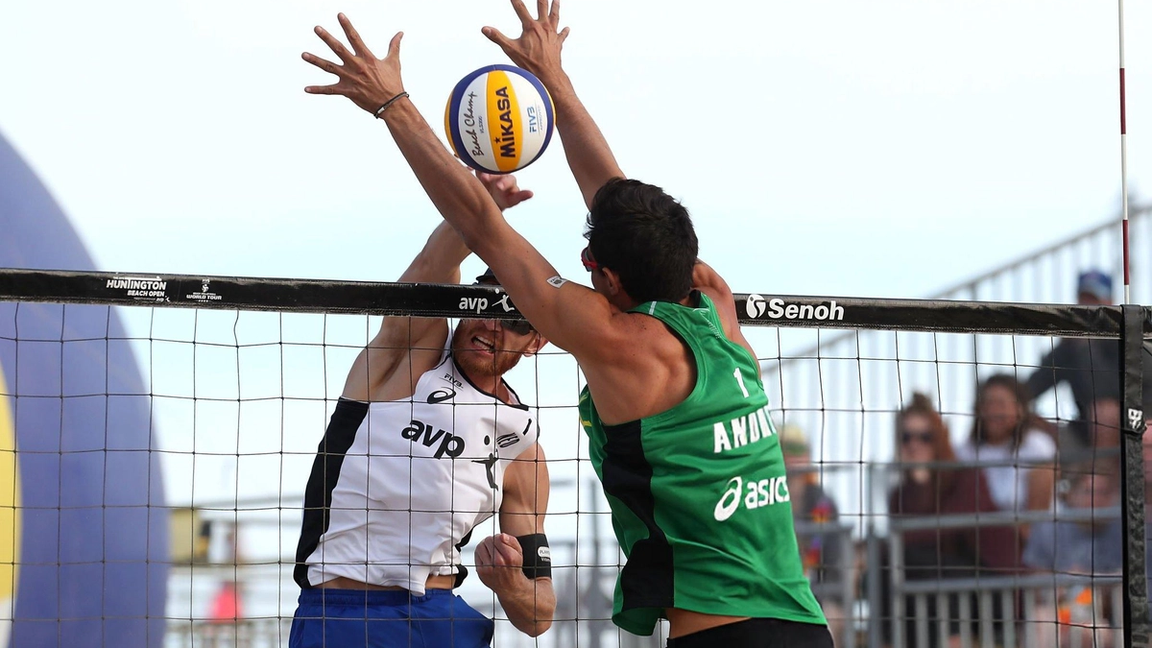
Top Tips to Train Like a Beach Volleyball Athlete 🏐

Matt Nikishin
•
2nd August, 2025
1. Train on Sand Whenever Possible 🌊
Why It Matters: Sand challenges your balance, forces muscular adaptations, and replicates game movements more effectively than hard courts. Training barefoot on sand builds foot strength, ankle stability, and explosiveness—crucial for competitive edge.
How to Get Started:
- Begin with 15–20 minute footwork sessions: quick shuffle steps, sidesteps, and reverse runs.
- Incorporate jump exercises like squat jumps and sand sprints.
- As you adapt, progress to long-duration drills long court shifts, repeated digs, and hitting from sand.
✅ Bonus Tip:
Bring sliders or balance pads indoors to replicate sandy instability and interaction when you can't access sand.
2. Master Clean, Controlled Setting
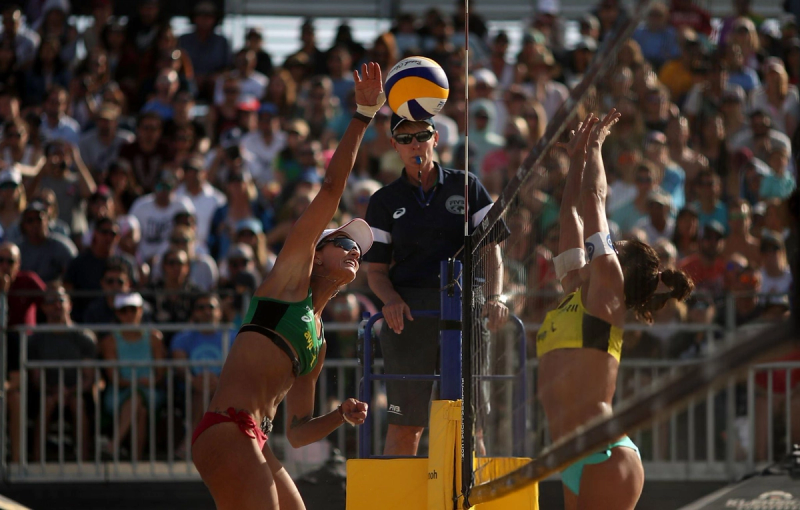
Why It Matters: Beach volleyball enforces strict hand contact rules spin, double-touches, or carry counts are penalized. Precise technique prevents frames and keeps rallies alive.
Progression Plan:
- Stationary Wall Sets: Practice fingertip control and release consistency.
- Partner Controlled Sets: Introduce mild movement and foot adjustment between sets.
- Dynamic Live Sets: Simulate real game conditions feet resetting, wind compensation, and consistent release.
✅ Bonus Tip:
Set to a small target on the wall every day. Keep track of the number of spin-free, flat sets—it’s your precision benchmark.
3. Be Both a Blocker and Defender
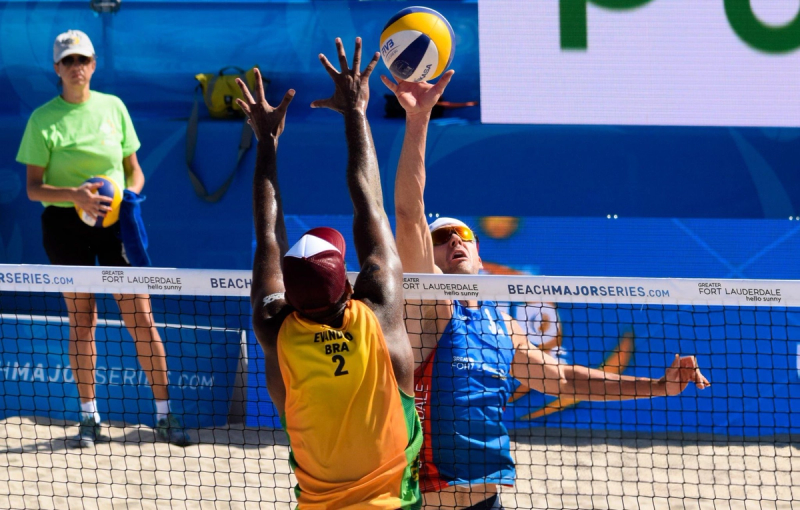
Why It Matters: In beach volleyball, each player must cover all roles blocking, digging, and transitioning seamlessly between them. Versatility is non-negotiable.
Drill Sequence:
- Block–then–Defend Reps: Partner tosses simulate an attack block on the shout, then quickly shift to deep defense.
- Visual Read Training: On approaching attacks, work with a visual cue drill to predetermine block movement.
- Role Rotation Scrimmages: Each rally, assign roles: one blocks, one defends, then swap every set.
✅ Bonus Tip:
Call out your read immediately after the play: “Cross cut!” or “Tips away!” This reinforces mental awareness and communication under pressure.
4. Use the Environment to Your Advantage
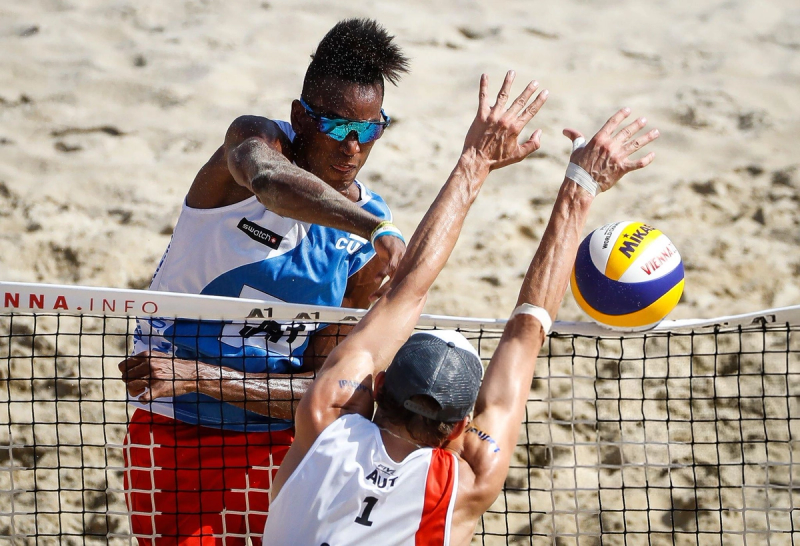
Why It Matters: Sand courts expose you to wind, sun glare, and uneven footing. Mastering environmental adaptation sets you apart during tournament play.
Training Techniques:
- Adjust your trajectory on serves swing around winds or float into gusts.
- Train in bright sunlight, then in shade and dusk under shifting light conditions.
- Different sand textures alter ball reaction; practice moves where the ground type varies.
✅ Bonus Tip:
Track wind direction and speed during sessions. Record your serve and shot results soon you'll intuitively adjust to conditions.
Watch This to Improve Your Skills in Beach Volleyball:
5. Build Conditioning for Long Rallies
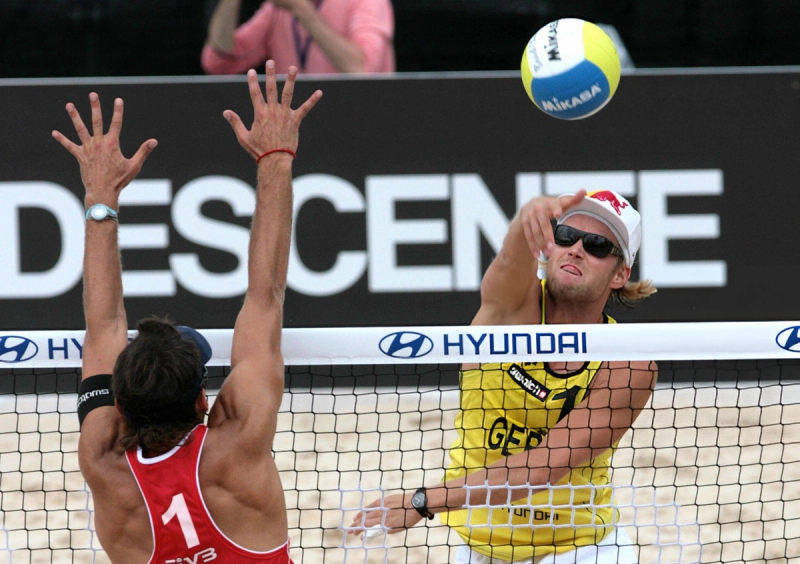
Why It Matters: Beach volleyball demands sustained bursts of full-body effort across long rallies on soft sand. Stamina and stamina recoverability are critical.
Workout Structure:
- Sand Jog + Sprint Mix: Light jog followed by full-court sprints repeat 5–7 times.
- Interval Circuits: 30 sec high knees; 30 sec rest repeat. Then move into shuffle/dig combos.
- Repeated Sequence Drill: Shuffle, reverse, jump, plant, and dig rest, then repeat.
✅ Bonus Tip:
Use a circuit timer to match the 30–45 sec rally length. This conditions mind and body to real game expectations.
6. Practice Communication and Hand Signals
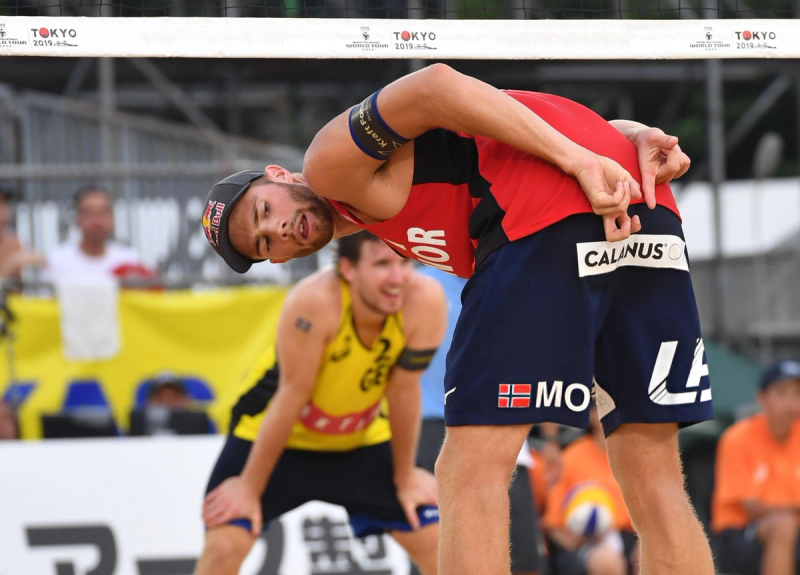
Why It Matters: Quick coordination with your partner defines ball control and coverage. Under wind and sun, visual and verbal signaling save points.
Communication Plan:
- Pre-Rally Signals: Right before serve, give your partner block/defend sign.
- Verbal Callouts: During rallies, use "short", "deep", "line", "over", and alert for tips.
- Eye Contact Drill: Every time you communicate a read or adjustment, practice locking eyes for 1 second.
✅ Bonus Tip:
Warm up with a synchronized call routine—makes partner language instinctive once the rally starts.
7. Learn Beach Specific Shots
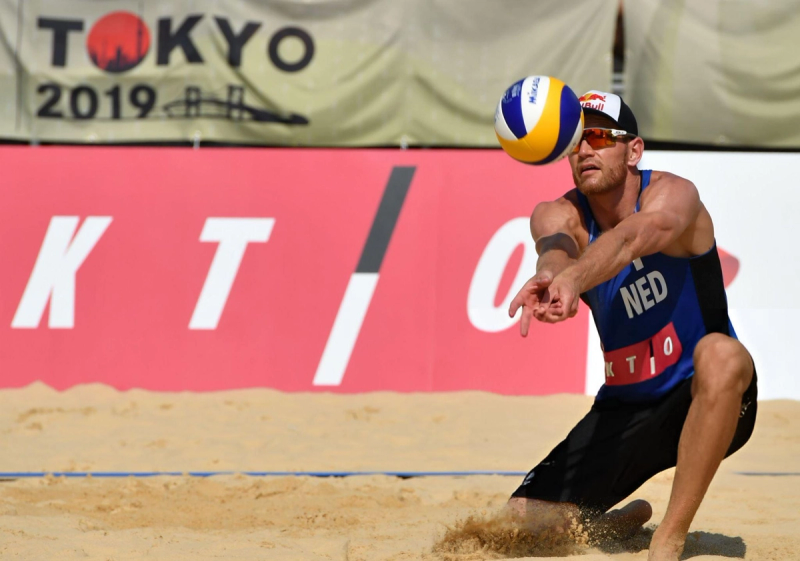
Why It Matters: Power game works differently on sand. Roll shots and pokeys give control while conserving energy. Placement, not strength, wins points.
Skill-Building Steps:
- Roll Shot Progression: Start with short roll target drills; advance to moving forward and backward.
- Knuckle Tip Practice: Use fingertip poke for short angles or surprise moves.
- Directional Control: Zone targeted: deep cross, short line, down the seam. Alternate drills to each.
✅ Bonus Tip:
Designate small beach zones and award points for successful hits. Make it a game during training to improve accuracy under fatigue.
✅ Final Takeaway
Becoming a beach volleyball athlete takes more than skills it demands adaptability, endurance, precision, and unshakable communication. With consistent sand training, strategic conditioning, and environmental awareness, you’ll stand out under both sun and competition pressure.
🎯 Want to Elevate Your Beach Volleyball Performance?
Upload your beach session or match footage to Rewind and get a FREE 15-minute expert review focusing on:
- Serve technique and windplay adaptation
- Movement efficiency and block timing in sand
- Communication and partner synergy
- Beach-specific shot accuracy
📥 Claim your free review now and sharpen your beach game: 👉 https://www.tryrewind.co/
